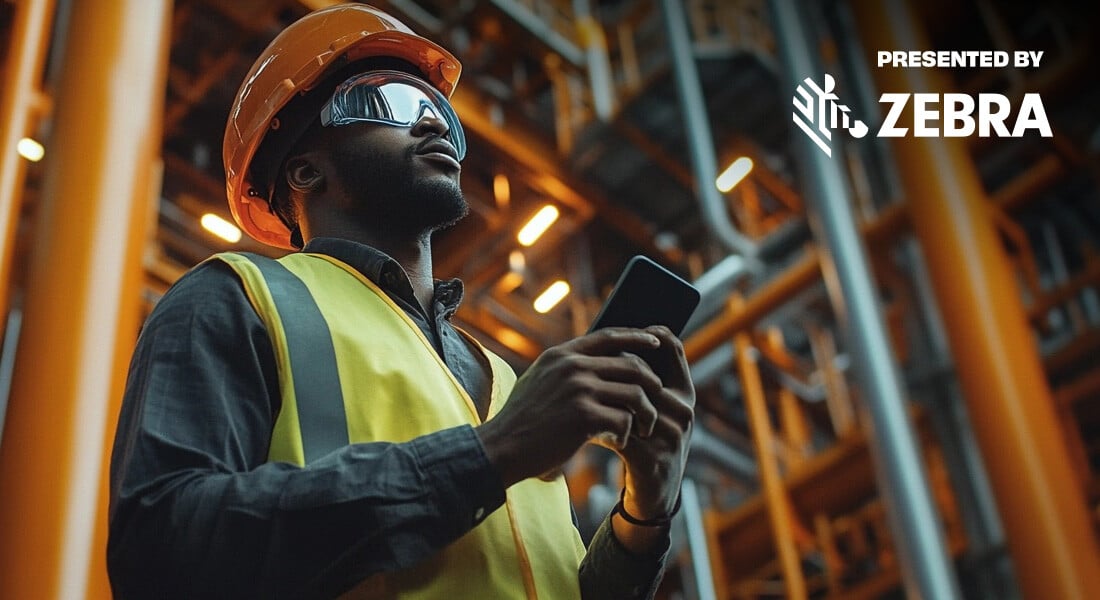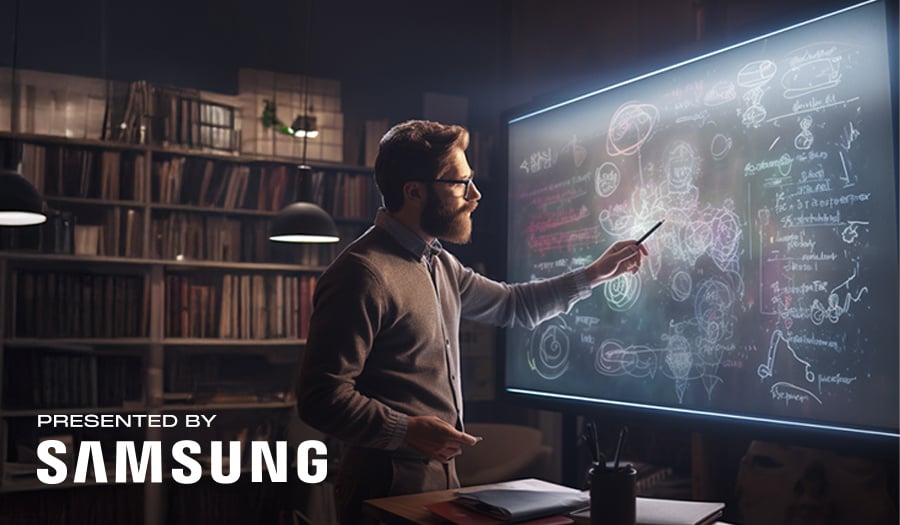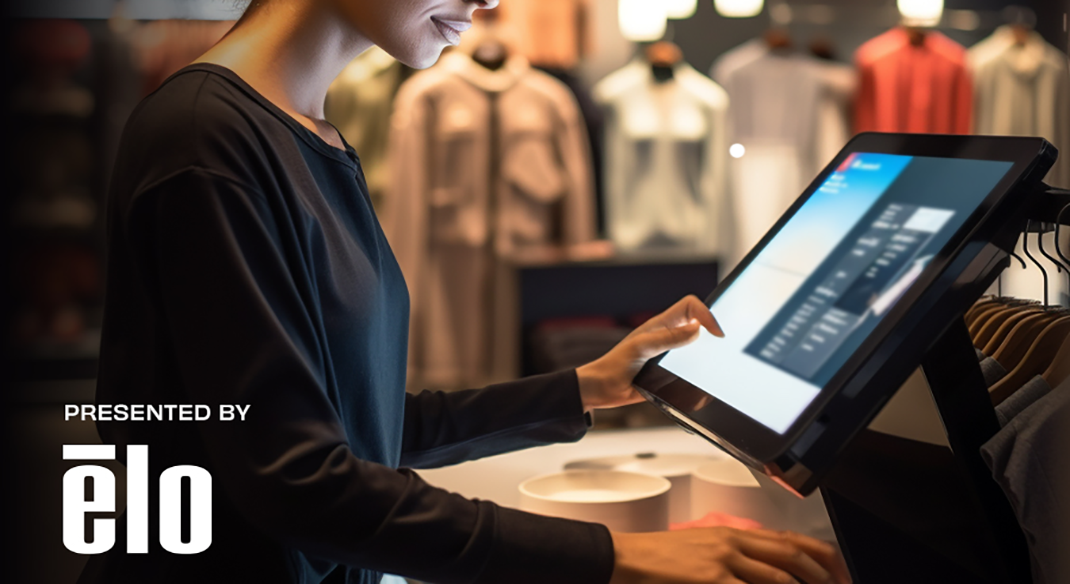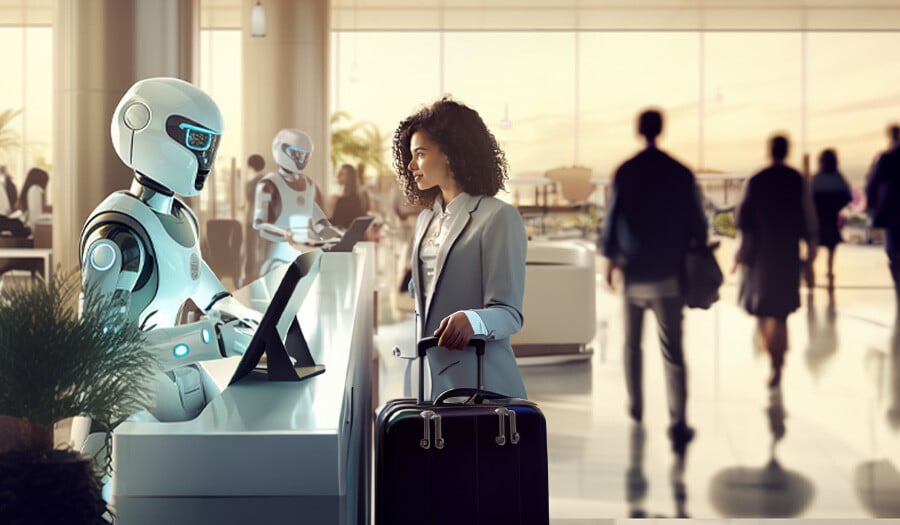
“Machines will replace us.” This is a statement we often hear in modern times, but such anxiety is far from new. In 1440, Gutenberg’s printing press was seen as a threat. Scribes feared job loss, art decline, and even fake news, as a select few would no longer control information. The 1712 steam engine was also seen as threatening livelihoods and other societal norms. Yet, both inventions spurred unprecedented societal growth and enrichment. The printing press boosted literacy and culture, while the steam engine fueled worldwide growth and, ultimately, sparked the first industrial revolution.
Though jobs shifted, new ones emerged.
Artificial intelligence offers the perfect modern equivalent. AI's emergence, exemplified by tools like ChatGPT, initially sparked job security fears among creatives. However, the reality is different. Those skilled in AI applications, including writers, marketers, and designers, are in high demand.
Autonomous robots are another modern worry. Certainly, science fiction's threat of robot overlords exacerbates these concerns, but the fears are similar to those historically.
Indeed, machines can do many jobs reserved for humans in the past, particularly in retail and hospitality. Autonomous mobile robots (AMRs) are becoming more capable, from restaurant table service to front desk work and hotel check-ins. However, this revolution isn't about robots replacing workers but automation transforming workplaces and helping staff unleash productivity by eliminating menial tasks. This frees them to focus on areas requiring creativity and specialization while addressing labor shortages in nearly every industry.
VARs (value-added resellers) are poised to become trusted advisors in this transformation, helping businesses leverage robotics for increased efficiency and a competitive edge. You may not see the exact path forward that we do, though. Perhaps you feel robots don't align with your current hardware and solutions strategies, that you and your team don't have the expertise and knowledge to deploy, program, and maintain robots, or that you don't see the demand is there yet. Maybe you're taking a wait-and-see approach.
Those are all fair points, and we've considered them as well. Still, this article will explain how robots are already being used, what you need to know about AMRs and how they function, and how such products can become a new revenue stream for your business with minimal risk and maximum benefits.
Let's begin by looking at two industries you may already work in that are leading the way with robots and cobots.
Revolutionizing Retail and Hospitality: Robotics at Work
According to BCC Research, the robotics industry is experiencing explosive growth, and the global market is projected to reach a staggering $165.2 billion by 2029.
In order to fully grasp the potential of robotics in the retail and hospitality sectors, it's essential to understand the specific applications driving this technological transformation.
Here are some ways robotics are commonly deployed in the retail and hospitality space:
- Enhanced Customer Experience: Machines increasingly serve as customer service agents, providing information, answering queries, and processing transactions. In retail, robotic assistants help customers locate products, check inventory, and provide product recommendations. In hospitality, robots greet guests, offer directions, and provide essential concierge services.
- Operational Efficiency: From restocking shelves to delivering food and beverages, robots improve speed, accuracy, and cost-efficiency.
- Inventory Management: AMRs can scan and stock shelves, read RFID tags, detect product shortages, and optimize stock levels, leading to faster and more frequent counts and minimizing the human labor needed.
- Cleaning and Maintenance: Robotic cleaning solutions handle tasks such as floor cleaning, window washing, and waste management, freeing staff to focus on more complex and customer-centric duties.
 "As robots become more advanced in navigation, learning, and decision-making, human workers will focus more on ... tasks requiring emotional intelligence. We envision a future where many thousands of our robots across the globe work side-by-side with human teams, enhancing service quality while allowing staff to prioritize high-value activities."
"As robots become more advanced in navigation, learning, and decision-making, human workers will focus more on ... tasks requiring emotional intelligence. We envision a future where many thousands of our robots across the globe work side-by-side with human teams, enhancing service quality while allowing staff to prioritize high-value activities."
Juan Higueros, Co-Founder & COO, Bear Robotics
To fully understand the power of robotics, look no further than the Henn na Hotel, headquartered in Japan, with additional locations in South Korea and New York. This groundbreaking establishment pushes the boundaries of automation by employing robots for various tasks.
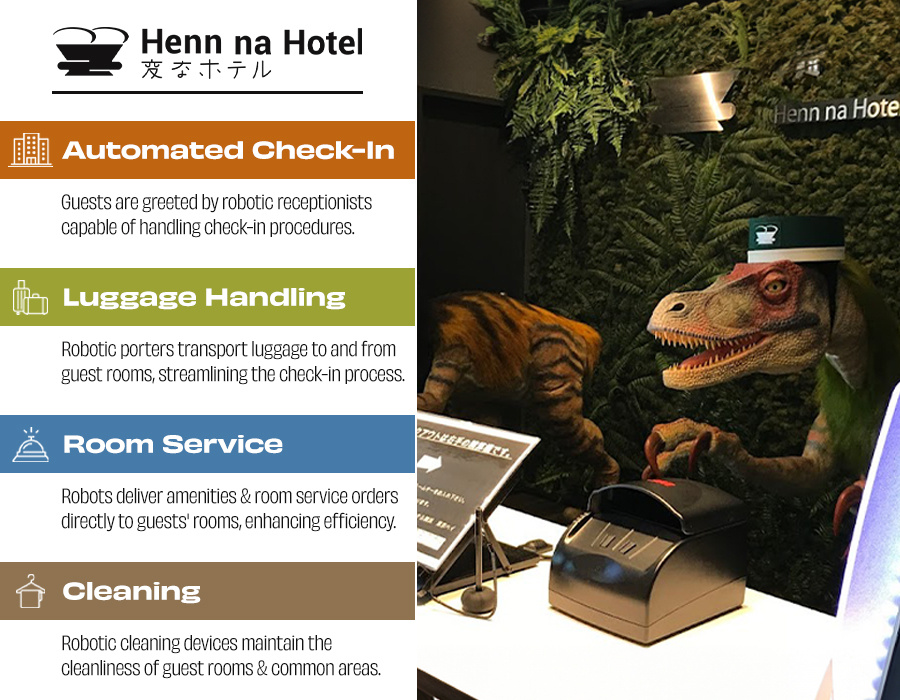
AMR deployments in retail and hospitality can improve productivity, reduce the turmoil of labor shortages and turnover, and repurpose human staff to the most critical tasks.
How to Start Your Robotics Reseller Journey
AMR adoption offers VARs a unique opportunity to take advantage of a new ecosystem on the edge of explosive growth. While you may not be able or willing to buy or stock robots for resale right now, this is the time to observe, research, and understand the market and its potential. You may not want to be first, but you definitely don't want to be last.
Robots are a bit more complex than barcode scanners and receipt printers (but could include either!), so let's start with a quick overview of the typical technical components, many of which you may already be familiar with from the hardware you already sell.
- Sensors: Sensors--such as cameras, lidar, proximity, and force feedback--gather environmental data, allowing robots to perceive and interact with their surroundings.
- Actuators: Acting as the robot’s muscles, actuators convert energy into motion. Hydraulic, pneumatic, and electric actuators drive the robot's movements, enabling it to manipulate objects and navigate its environment.
- Controllers: As the robot’s brain, controllers process sensor data, make decisions, and coordinate actuator movements. Advances in AI and machine learning have significantly enhanced robotic controllers.
- Power Systems: The energy source, whether batteries, fuel cells, or external power connections, fuels the robot’s operations.
- Scanners/Readers: For barcodes, QR codes, RFID, and more.
- Printers: Used for event ticketing, receipt printing, hotel bookings, etc.
If all of that makes you think you'll need a team of engineers to sell robots, know that, like many B2B solutions, AMR opportunities are best when developed with partners.
Nexus AMR is one such partner. They are experts in autonomous robots, vetting best-in-class machines and building the ecosystem to deploy and manage them, including programming, software, training, and ongoing maintenance. Nexus uses a single managed services contract with once monthly payments for VARs and opportunities to upgrade/replace as needed. That probably sounds similar to the SaaS models you already utilize and removes the burden of being the in-house robotics experts.
 "The labor problem is pervasive and not going away. Robots are now an attractive and cost-effective solution for a variety of repetitive service tasks. Finding and working with an experienced AMR resource, who is, most importantly, brand and technology agnostic, is imperative to ensure understanding and ultimate success."
"The labor problem is pervasive and not going away. Robots are now an attractive and cost-effective solution for a variety of repetitive service tasks. Finding and working with an experienced AMR resource, who is, most importantly, brand and technology agnostic, is imperative to ensure understanding and ultimate success."
Buck Ward, Co-Founder, Nexus AMR
Mitigating Risks, Maximizing Returns: Overcoming Objections (Including Your Own!)
The potential benefits of robotics are undeniable, but reluctance to adopt will remain prevalent. Here are a few things VARs should consider as they engage with potential clients:
- Costs: Cost is always a factor for VARs and end-users considering investing in and selling any new technology. However, robotics can be surprisingly cost-effective. "Rather than purchase, users should only lease robots," explains Buck Ward, Co. Founder, Nexus AMR. "Ideally, acquire robots using a flex lease, which enables the user to trade in and out as new and better technology and products become available. This ensures the user is always using the best technology and products and avoids owning a robot that quickly becomes obsolete or is no longer supported."
- Client Needs: Like any sale, understanding your customer's needs and challenges can kickstart the robot conversation. Labor challenges are an easy place to start. Retailers and hospitality may not be looking to cut down on staff; they're struggling to find and retain workers. AMRs can offset those challenges by taking on repetitive, menial, or time-consuming tasks and giving employers more flexibility to use staff in the most business-critical areas.
- Return on Investment (ROI): Before having a robotics conversation with a customer (or adding them to your own business), research and look into case studies to back up decisions with data, clear-cut benefits, and break-even ROI.
- Integration Challenges: Tackle potential integration issues with existing systems and infrastructure to ensure a smooth implementation. Understand your clients’ current systems to offer an informed assessment of what’s needed for integrating new robotics solutions. That's where your external robotics partner can also assist, especially if they are system-agnostic and ready to deploy into an existing environment.
- Overcoming Workforce Concerns: A business's employees can be a considerable hurdle to robot adoption if they feel threatened by the idea or see it as a way their employer can replace them. Emphasize how robots can enhance employee productivity and value while working alongside existing systems and staff. Get employee buy-in right alongside management's.
 "The decision to integrate robotics hinges on factors like labor shortages, the need for operational consistency, and scalability. For businesses in industries such as hospitality and senior living, where staff turnover and fluctuating demand are persistent challenges, service robots offer a reliable alternative."
"The decision to integrate robotics hinges on factors like labor shortages, the need for operational consistency, and scalability. For businesses in industries such as hospitality and senior living, where staff turnover and fluctuating demand are persistent challenges, service robots offer a reliable alternative."
Juan Higueros, Co-Founder & COO, Bear Robotics
Embracing the Robotics Frontier: What’s In It for VARs?
The robotics revolution is reshaping industries, offering VARs a unique chance to lead in retail and hospitality. By developing technical expertise, forging strong client partnerships, and tackling practical considerations, VARs can continue to be trusted advisors in this transformative field.
Here are some of the key ways in which VARs can establish themselves as long-term customer partners and ensure they achieve steady sales:
- Repeat transactions: Offering comprehensive service packages, including installation, training, maintenance, repairs, and software updates, enables VARs to generate a steady income stream after the initial sale, often backed by a reliable robotics partner.
- Customer Satisfaction: Delivering exceptional after-sales support strengthens customer relationships and builds trust.
- Data Collection and Analysis: Analyzing robotic performance data can highlight areas for improvement and optimize robot usage. The data can also help you inform customers in other ways they can improve their business.



